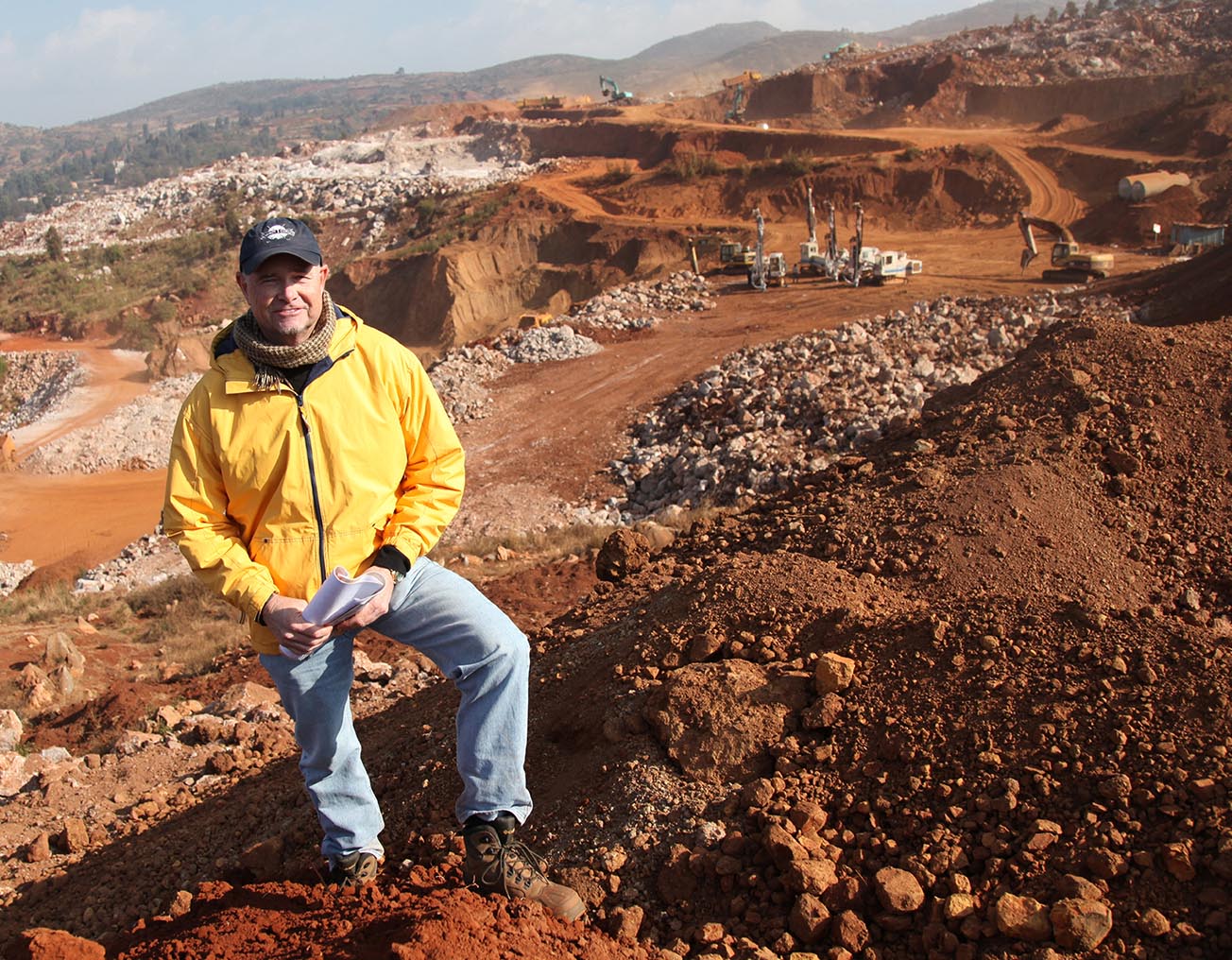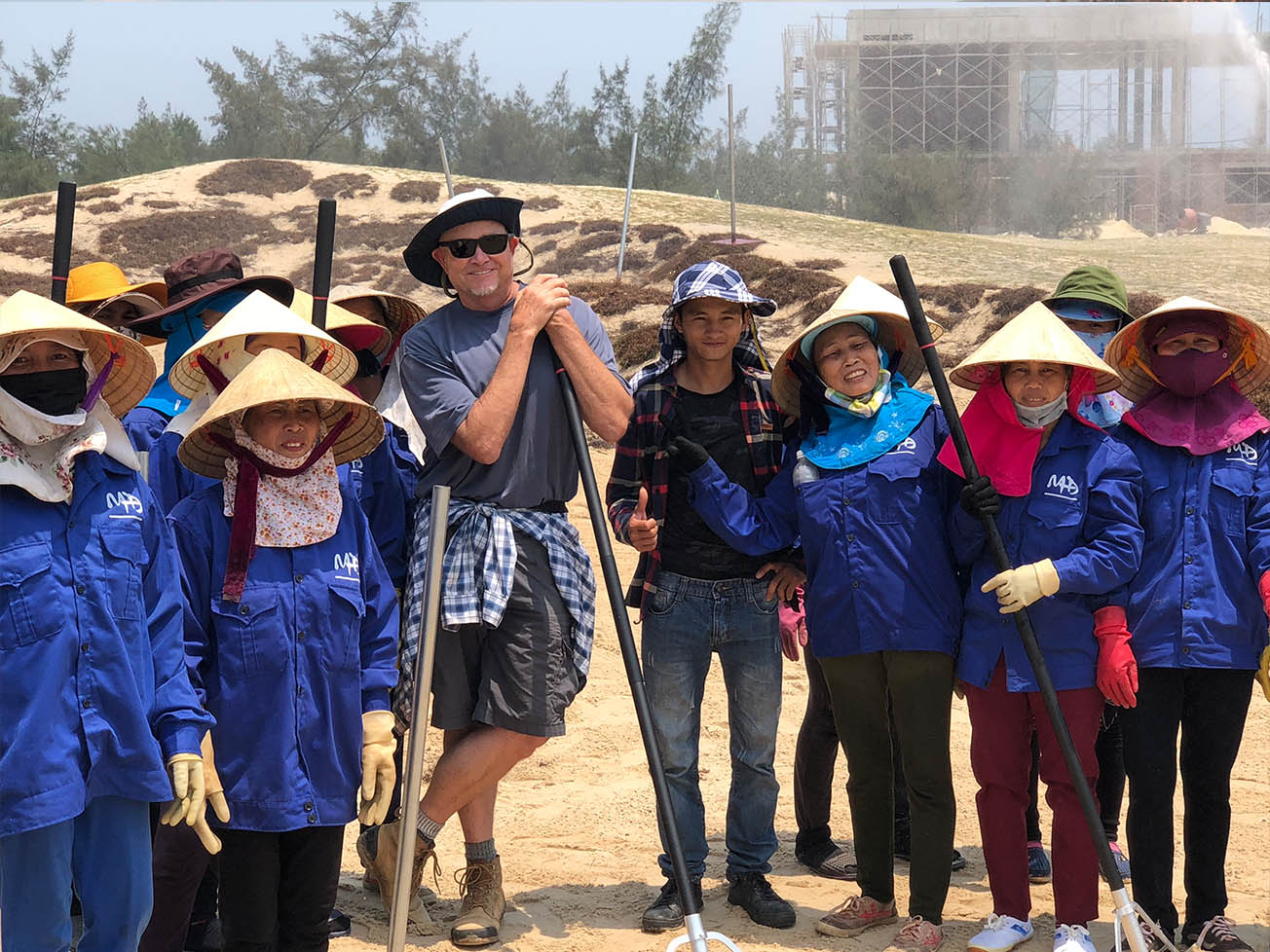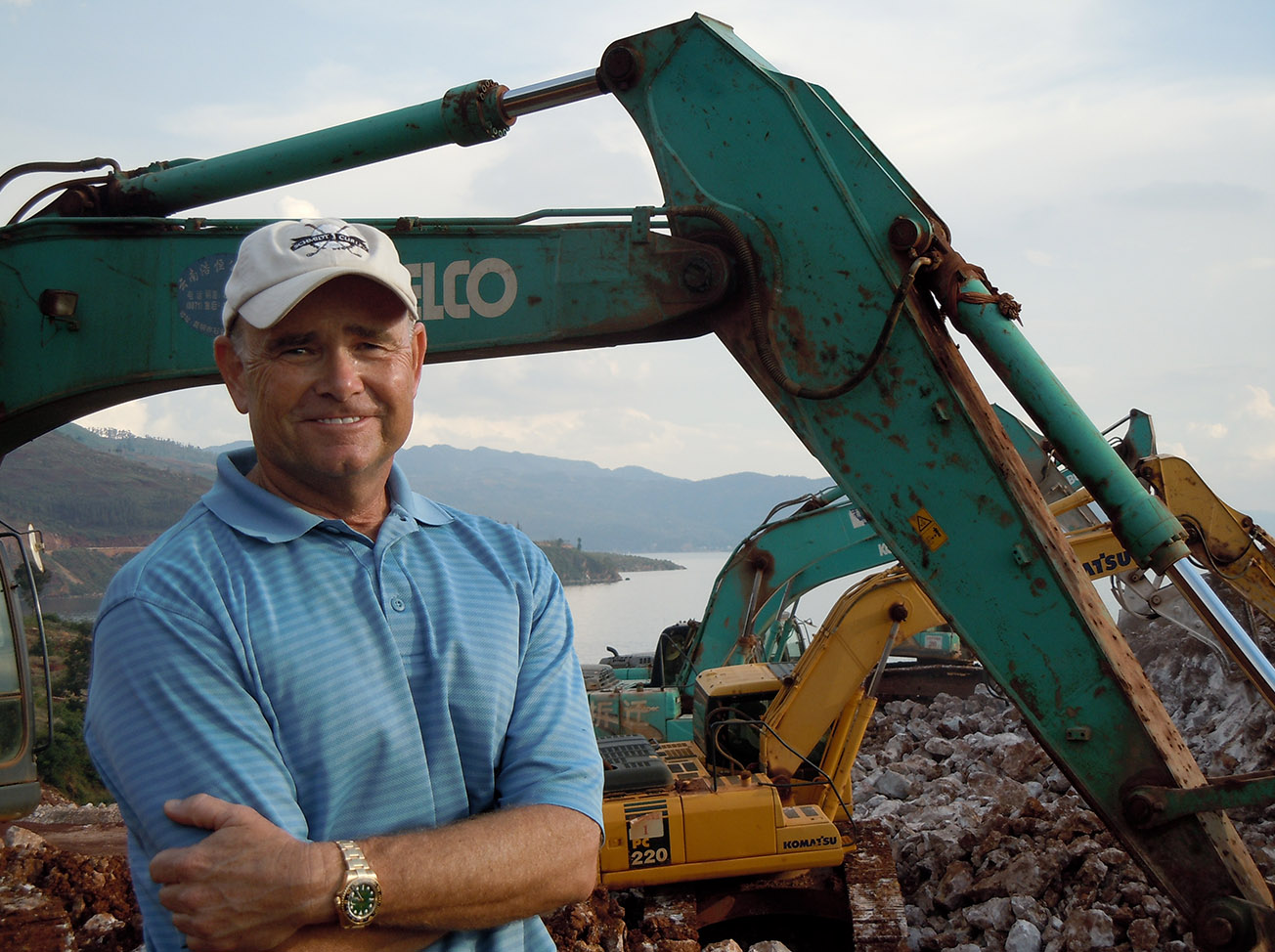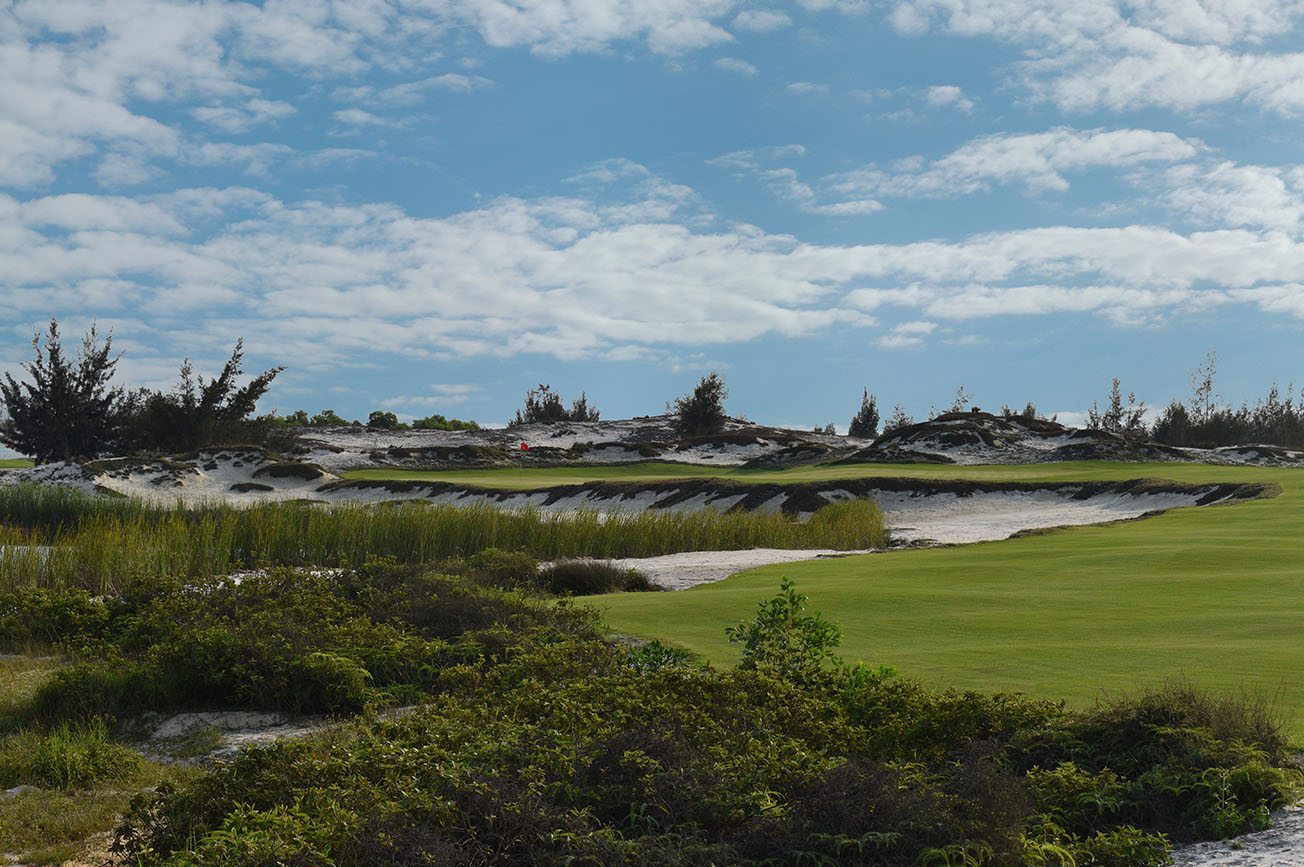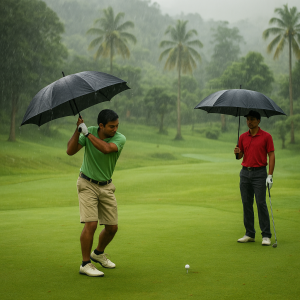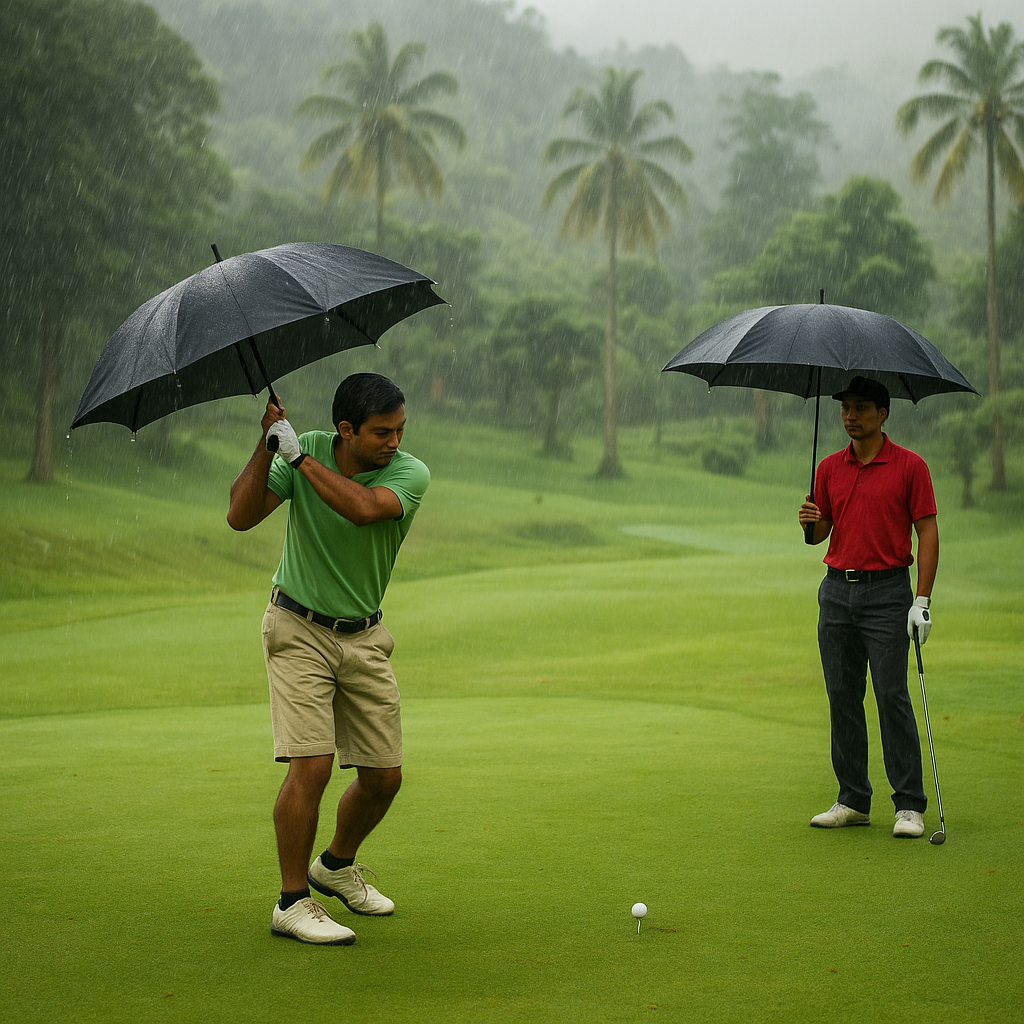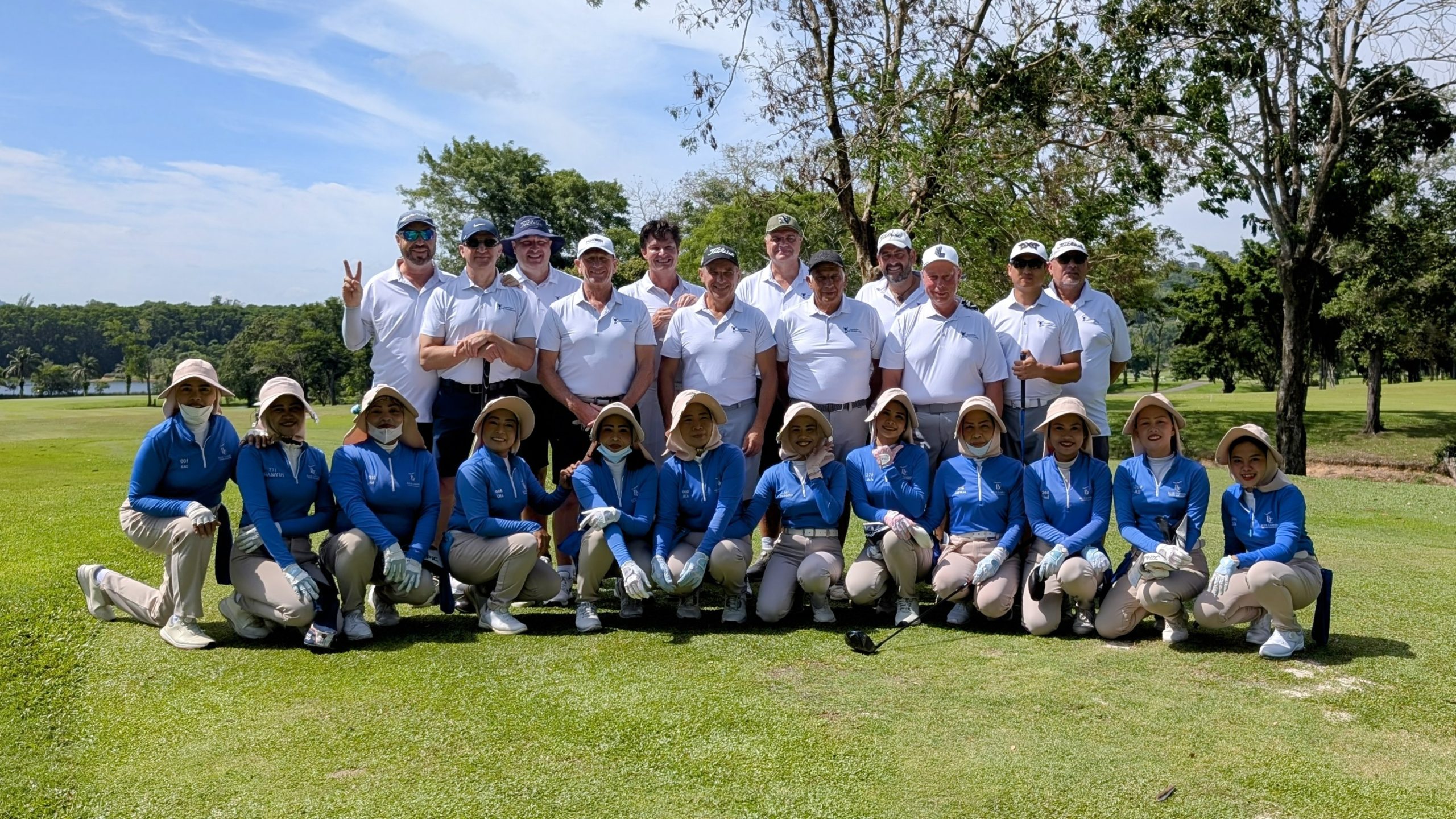Brian Curley has created over 150 courses worldwide; however, he is perhaps best known for his work in Asia, so we caught up with him recently.
Having been involved with many golf course designs during your career, what are the three most important facets of creating a great 18 holes?
It can be overcome with heaps of money, but starting with a great site is number one. I would note that the “site “is impacted by the surrounding property ( think most of any course set at an oceanfront). Second would be a great vision by the ownership that knows how to employ a great team. Third can be any number of things, including money to construct and the money to endure slow times at the onset of operations.
Working with the great late Pete Dye, what did you learn from him?
So much! And not just design. Pete came from an insurance sales background and had a great way with people. As for design, he had toured links courses early in his career and brought that mentality of quirk and odd elements to his designs, while other parkland designers felt the need to adhere to the norm. Pete was all about the angle of attack, not a bowling alley through trees.
You have designed worldwide; however, how did you start with design contracts in Asia?
The gentleman who ran the World Cup of Golf came to our company office in the California desert just after Fred Couples and Davis Love won the China event at Mission Hills in 1995. He said they wanted more courses, and the rest is history! I eventually did twenty-two courses with Mission Hills alone, and I have since worked in about ten different Asian countries.
What are the different issues in creating 18 holes in Asia as against, say, in the US?
First, most courses in Asia are in hot, humid climates. This requires grasses that can survive and fairly extensive drainage to ensure the best turf conditions. Other issues stem from operations ( such as caddies that add double the foot traffic ) that you must factor into the design.
Name a few courses you were involved with in Asia that you feel made the grade.
In Thailand, we extensively remodeled the Siam Country Club Old Course, the Plantation courses, the newest course, Rolling Hills and Amata Spring which is considered a Top 100 course by Golf Digest.
There are several courses at Mission Hills China, including the Olazabal Course (which has hosted the World Cup ), Faldo Course, Pete Dye Course ( the premier membership ), and the Rose /Poulter course, all at the Shenzhen complex.
In Vietnam , I have a few courses with the FLC Group, including Quang Binh along the coast, which I feel are the most natural in all of Asia. The other FLC course that garners a lot of attention and rounds is Halong Bay. Stone Valley ( South of Hanoi ) made the list of GOLF Magazine’s Top 100 in Asia; in fact, we have 10 of the GOLF Magazine Top 100 in Asia courses!
Many of our readers would have played at Siam Country Club Old Course or seen the 18 holes on TV. Would you describe the 18th as one of your more challenging holes?
Absolutely! That final approach to the uphill green site and a diabolical green can create a lot of drama and swings in scores, all on a hole with no water in play.
How do you select a signature hole before you hand over the final course to the owner, and do you think they are necessary?
They are rarely “selected’ unless the site gives you the obvious ( such as a heroic par three over an ocean cove ). Generally, they evolve, and even then, they are not always the best hole, but perhaps the most talked about.
Are you working on any other new courses in Asia?
Yes, I have a new design partner, Jim Wagner. ( now Curley-Wagner Design ) , and we are busy all over Asia, including Cambodia, Vietnam, Laos, and a new, spectacular site with wild terrain and mountain/ volcano views in Indonesia that I believe could eventually become a Top 10 in Asia.


